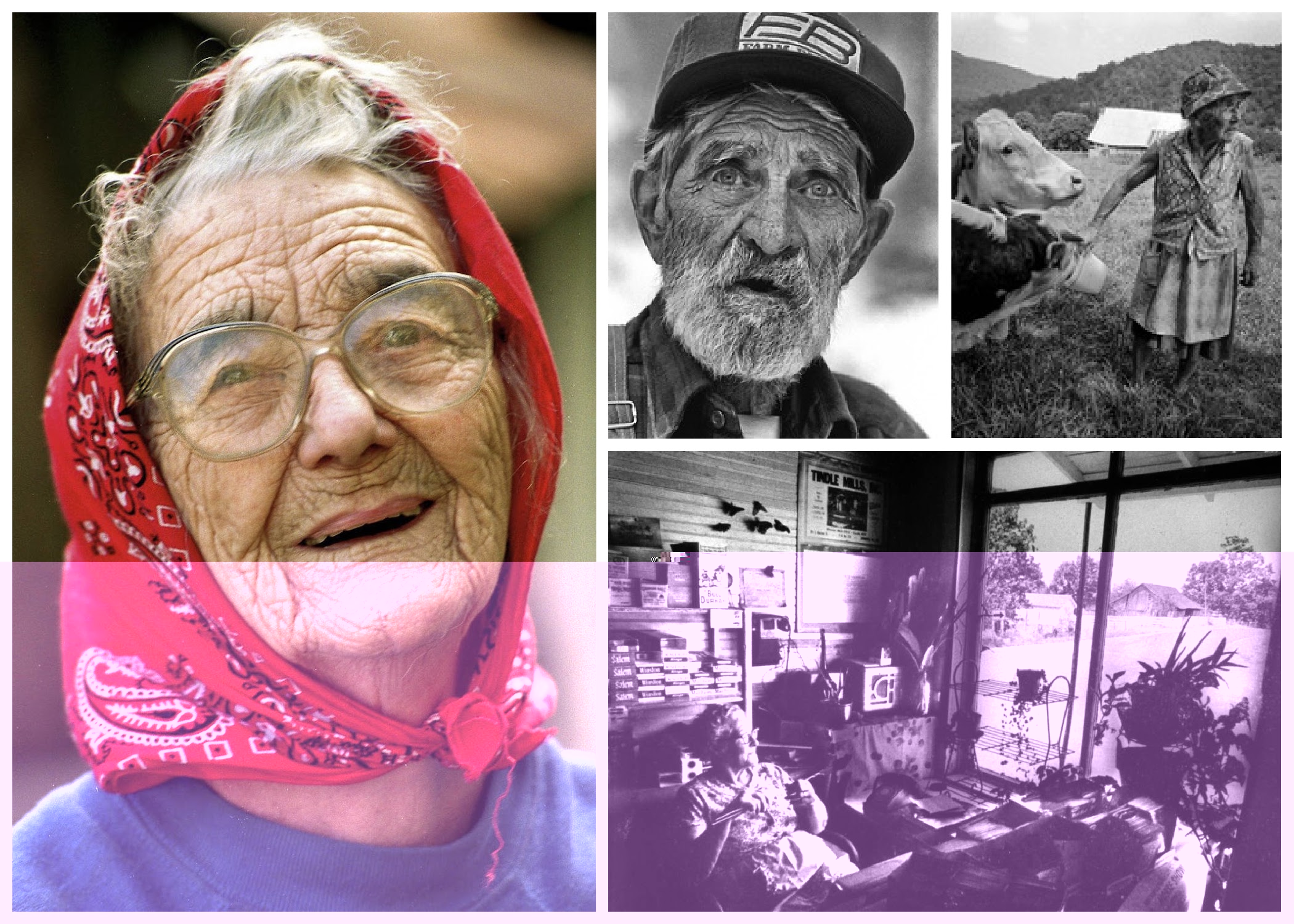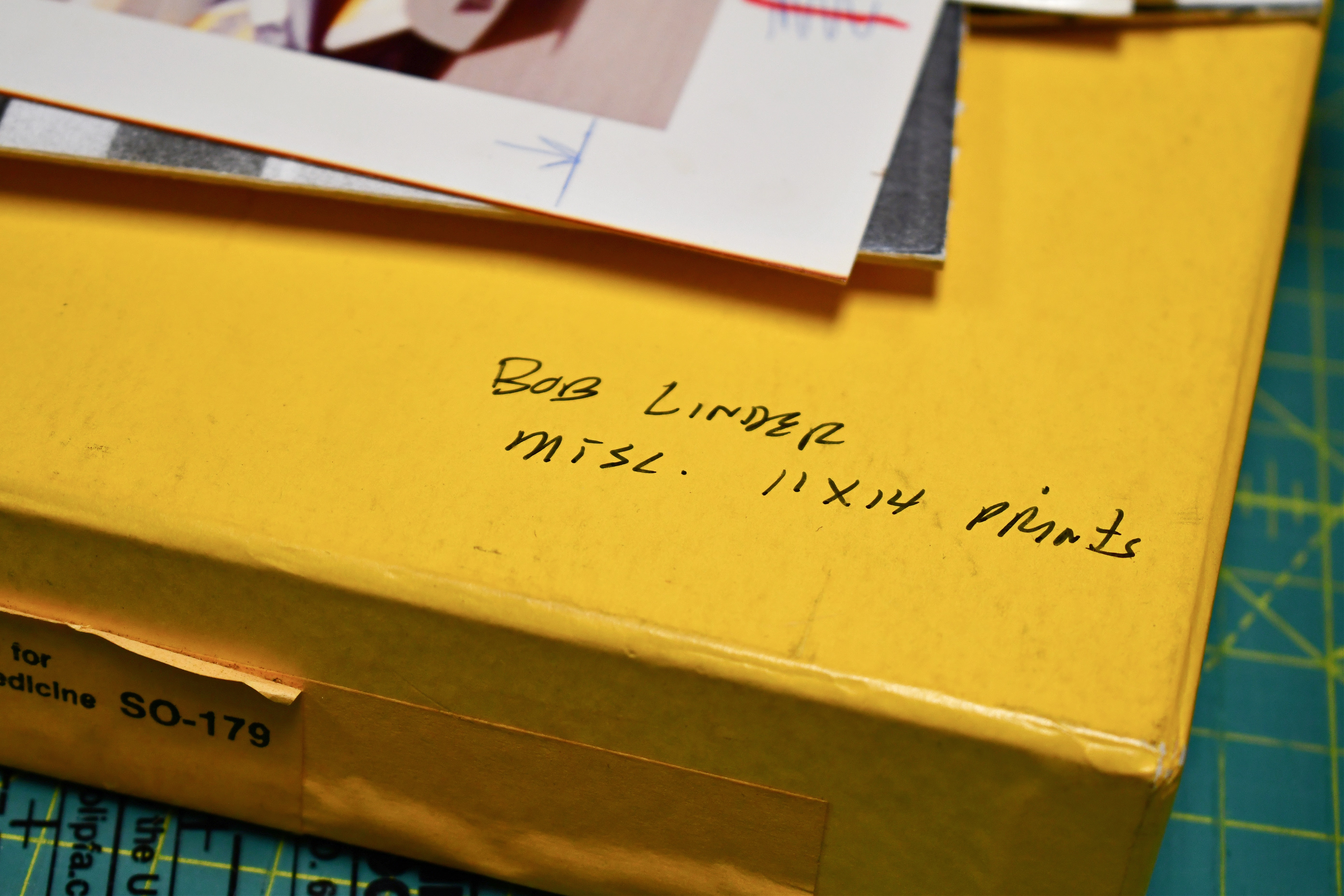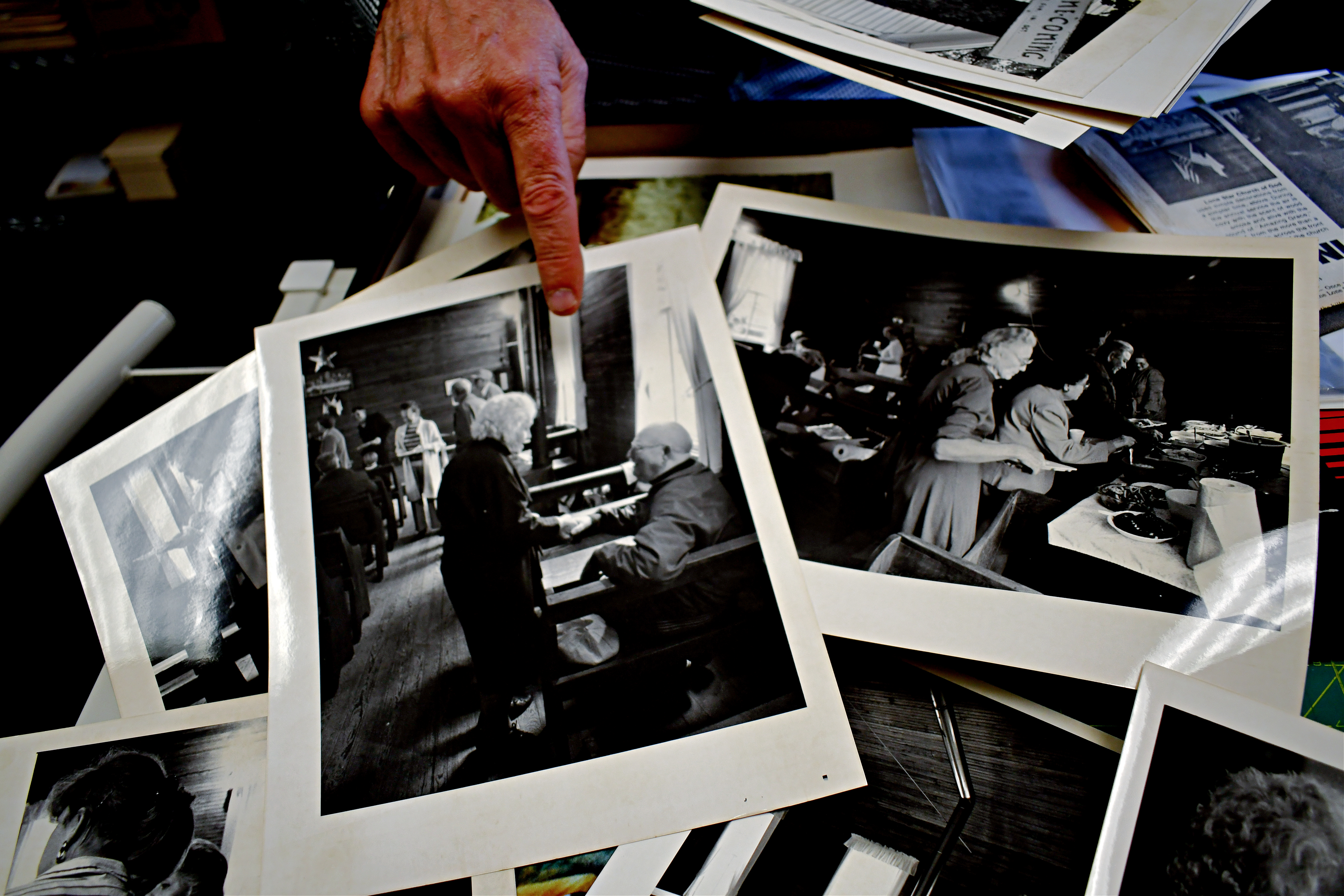This story is published in partnership with Ozarks Alive, a cultural preservation project led by Kaitlyn McConnell.

With the snap of a shutter and his eyes as a witness, photojournalist Bob Linder immortalized decades of Ozarks history.
The scenes he collected by camera – hundreds of thousands of them – documented the region’s people and places, ranging from rugged back roads and everyday rural Ozarkers to movers who made those hills shake. His work long filled the pages of the Springfield News-Leader and its predecessors, and led to a spot in the Missouri Photojournalism Hall of Fame in 2013.
Linder’s images will now live far beyond both the fragility of newsprint and the stories they told through the Springfield-Greene County Library District, which is digitizing the Bob Linder Collection for online public viewing, and for posterity.
“I'm just incredibly flattered that they would go to the effort to want to put this in a way that people can enjoy seeing it,” he says. “That's really important to me, I think, because I see it more of the community's pictures than mine or the newspaper’s. They're really our photos, and it's our history.”
A generational Ozarker who grew up in Springfield, Linder was in his late teens when he began working as a part-time newspaper photographer in 1970.
The early role led to many others over an approximately 40-year career with Springfield Newspapers, Inc., before he left the paper in 2012. Some of his memories were preserved in “Behind the Byline,” a 2016 Ozarks Alive story, which documented the paper through people whose lives were interwoven with its modern history.

“It’s one thing to work at a newspaper and do that (as a job),” says Linder. “But to be able to do that in the area you grew up in: You’re sharing what you see with your family, your friends, the people you see at the grocery store. It became more relevant and a sense of real responsibility for it to be right.
“I don’t know where I”d be today if I hadn’t come across the camera when I was as a kid.”
He saw significant shifts with time, both in newspapering and the region itself. There was work with the legendary news photographer Betty Love. The transition from black and white to color and from film to digital images. Other new technology, too, changed the way work was done.
But not, perhaps, the work itself or the significance for those it impacts.
“One thing that Betty taught me, about when you go on an assignment: Don't take it for granted,” says Linder. “Because it's something that they'll always remember. Sometimes it's their only opportunity to be in print.”

Linder worked for months to prepare files to hand over to the library district. The time allowed him to sort through boxes of film, which represent physical remnants of the past. As he put it, “the interesting thing about the film is that the piece of film was with you when you were there. It was with you.”
Those pieces of history also conjure up emotions from the time when images were shot; moments that ran in parallel with his own life.
“It can be very emotional,” he says. “It's a funny thing. As I look at this film, sometimes there are pictures that I do not recognize. But there's an awful lot that I remember a lot about. It's amazing how it pings neurons in your brain of events. There were points where I just had to set it down and get away from it.”
The metal shelves in a library back room where boxes and binders — filled with that film and printed images — now sit have significant strength, for they hold decades of history. It was a heavy load, too, for Linder to drive them to the library.
“It was one of the hardest decisions I've made. I mean, there was no decision at all. But just driving over here and handing it over,” he pauses, “that was hard.
“It's just a hard thing to do, I guess because of what it represents. You know that you're passing this stuff on, before you pass on, to where it belongs.
“I feel really lucky. Your house could burn. Any calamity could happen. You could end up in a state where nobody knows what this stuff is (and) get rid of it. I'm thrilled that they want to take it in, and flattered that they want to put my name on it.”

Linder’s collection does not represent the first News-Leader photos the library district has preserved. Another major digitization project, “From the Darkroom,” involved digitizing thousands of images from the paper’s archive. The Linder collection has been approved for online viewing as an extension of that work.
“Local History & Genealogy is charged with the preservation of Ozarks history and culture. We work to tell the history and stories of all people within the Ozarks,” says Brian Grubbs, manager of the library district’s Local History & Genealogy department. “Bob’s images are iconic. His career spanned 40 years with the paper. The events he covered and the images he captured represent the core of the Ozarks.
“Our efforts with Bob are to enhance access to the images and share the stories of the people, places, and events that surround the images.”
The next step: Scanning and creating descriptive data for the photos, tasks Linder will help library staff complete. Although images remain copyrighted and use will require permission, they will be gradually published online in a searchable database.
“Bob kept his collection very well organized. We have been so excited to go through the negatives and see all of the different people, places, and stories he photographed,” says Grubbs, who encourages patrons to reach out to library staff if there’s an image they’re searching for that’s not yet online.
“I hope that the public will find their family members in this collection, or photos of events that they witnessed, or an event they wish to learn more about.”
In the back room where his work now lives, Linder takes boxes from the shelf and opens them, memories quick at hand as he picks up prints. There was the sunset on the way back from Hot Springs. The day late nuns were taken to a new resting place when a local convent moved away.
There’s instant recognition of where a train trundled the tracks, the sun saying goodbye in the background.
In a waxy paper packet are images from the Lone Star Church, a congregation in rural Taney County since long before folks drove cars to services. He visited there in 1987 for an annual reunion service.
Save a striking stare of a young boy with an eye peering over a pew, it’s likely that most people shown in the images by now have attended their final service from the well-worn wooden benches. Perhaps they are buried in the small cemetery behind the church. As one person said in the article, “This is coming home to me.”

Not visible in print form but hidden in boxes of negatives are the images of Eva “Granny” Henderson, one of the last private landowners along the Buffalo River; Birdle Mannon, who lived most of her live in a simple cabin in Taney County without convenience until her death in 1999; and Henry Gore, who spent his life in the Shannon County backwoods.
They are people Linder refers to as “children of the pioneers,” the last to live in a primitive way which time has erased. Yet their memories live on alongside so many other moments: Some good, some sad, perhaps all that remain of a tick in time.
They represent only a minute slice of nearly 200,000 images Linder believes are in the collection. The quantity is significant, but to him it’s also about letting people live on.
“(They’re) from a time when the newspaper was the daily record of what happened in this geographic location from day to day to day,” he says. “It’s quite a record.”
Click here to visit the Bob Linder Collection. Additional images will gradually be added as they are digitized.

